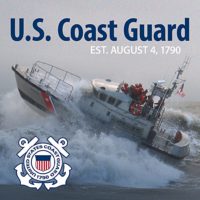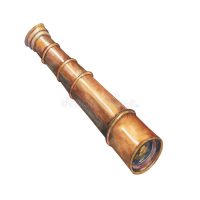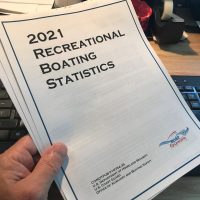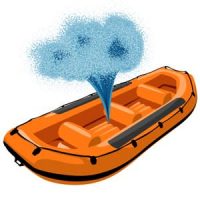
The following article regarding Recreational Boating appears on the National Safety Councils site.
With more than 11 million recreational vessels registered in the U.S., millions of Americans are enjoying recreational boating time on and in the water.
Random example: In 2017, the U.S. Coast Guard reported 4,291 boating incidents that resulted in 658 deaths, 2,629 injuries and about $46 million in property damage. Stay safe by being prepared and using the appropriate equipment, whether enjoying a ride on a motorized boat, paddling a kayak or wakeboarding.
Life Jackets Are Essential
Life jackets are at the core of safe boating, whether using a motorized or non-motorized vessel. The U.S. Coast Guard reports 76% of boating deaths in 2017 were due to drowning, and 84% of the victims were not wearing a life jacket.
While regulations on life jacket use vary from state to state, the Wear It program of the National Safe Boating Council promotes boating safety by encouraging boaters to wear life jackets any time they are on a boat, motorized or non-motorized.
Good swimmers still need life jackets. When people fall off a boat, they may become disoriented, injured or unconscious. Life jackets keep a victims head above water. Every child should wear a life jacket at all times when boating.
Choose the right life jacket for the activities you will be doing. Double check to make sure the life jackets are U.S. Coast Guard approved and fit correctly:
- Make sure the jacket is a proper fit for your size and weight
- Make sure the jacket is properly fastened
- Hold your arms straight up over your head, ask a friend to grasp the tops of the arm openings and gently pull up; make sure there is no excess room above the openings and that the jacket does not ride up over your chin or face
Get Educated, Reduce Risks
The National Safe Boating Council encourages following these boating safety tips to help minimize risks:
- Take a National Association of Boating Law Administrators safety course
- Be familiar with the boating state laws
- Know the “Rules of the Road”
- When operating a motorized boat, know about carbon monoxide; this odorless, colorless poisonous gas. All combustion engines emit carbon monoxide.
Be Prepared
Before setting out:
- Check that your equipment is in good working order; get a free vessel safety check with your local U.S. Coast Guard Auxiliary or U.S. Power Squadron
- Review a pre-departure checklist to ensure you have everything you need in your boat, including a tool kit and first-aid kit
- Before you leave, always file a float plan with someone you trust
- Dress properly and always bring an extra set of clothes…we are on a boat!
- Don’t forget the sunscreen and know the signs of heat illnesses
Exercise Good Judgment
- Respect your limits and keep within your limits to avoid injury while recreational boating
- Don’t drink and drive a boat; alcohol affects judgment, vision, balance and coordination
- Once on the water, use common sense; in a split second, a situation can arise or the weather can turn
- If you notice storm clouds, a sudden temperature drop or wind speed increasing, play it safe and get off the water
Safety Tips for Water Skiers, Tubers and Wakeboarders
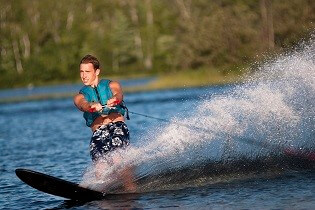
Skiing, tubing and wakeboarding are popular water sports, but they also can be dangerous with participants traveling at high speeds. Remember to take the following steps to minimize the risks:
- Learn how to get up out of the water and how to safely use the tow rope
- Always have a spotter in the boat, and go over basic hand signals
- Always make certain the towline is clear from the propeller
- Rope entanglements are a serious danger to people skiing or riding inflatables
- Wait for the propeller to stop before getting back on the boat
- Enjoy these activities during daylight hours only
Connecticut Boating encompasses all of these great topics in our Virtual Boating Classes. Please view all of the available dates on our Public Course Schedule page on this site. As always, there is no room for egos when passengers’ lives are in your hands!


